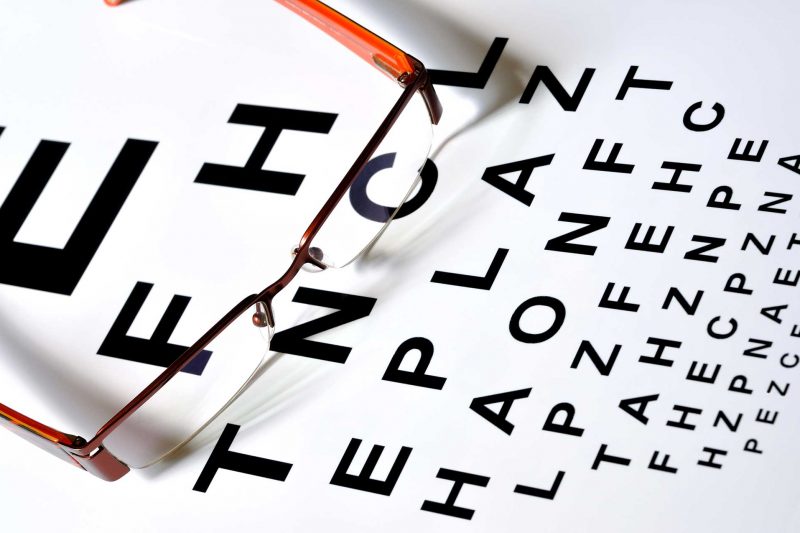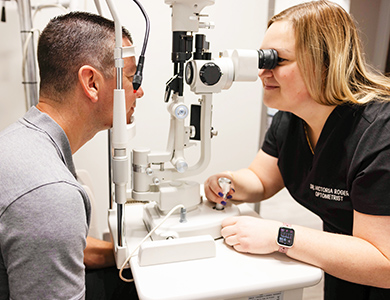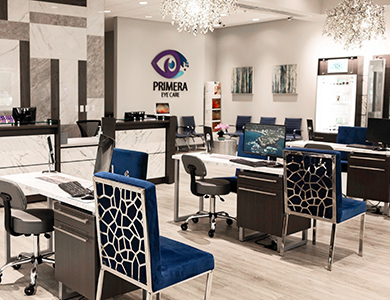
Myopia, or nearsightedness, is very common. Up to 40% of adults in Europe and the US have it, while up to 80% have it in Asia. Myopia progression occurs faster when no correction is made. Therefore, it’s important to identify myopia in children as quickly as possible. Researchers in a clinical trial found that myopia progression was slowed with spectacle lenses that had aspherical lenslets.
What Is Myopia?
Myopia is also known as nearsightedness. It’s caused by problems with the structure of the eye. If either the cornea in the eye is too curved or if the eyeball itself is too long, then the light entering the eye won’t be focused correctly, resulting in blurry vision. Symptoms of myopia include:
- Blurred vision
- Headaches
- Squinting
- Eye fatigue when looking at things farther than just a few feet away
- Eyestrain
In children, a symptom of myopia is difficulty seeing the blackboard or whiteboard at school.
What Is Myopia Progression?
Myopia progression is the gradual worsening of myopia. It’s especially common in children and adolescents, who may find that their vision gets worse. If they already have glasses, they may change prescriptions to accommodate the changes in their vision. Prescription changes in children may be more common because their eyes are still growing.
How Can Spectacle Lenses Slow Myopia Progression?
A two-year-long clinical trial of spectacle lenses with aspheric lenslets demonstrated at the Association for Research in Vision and Ophthalmology virtual meeting in May that the glasses could reduce myopia progression in children. The researchers tested two different types of spectacles, one that had lenses that were highly aspherical and the other that had only slightly aspherical lenses. In the trial, a group of 170 children from China between the ages of 8 and 13 who had myopia in varying degrees of severity wore one of the two types of spectacles with aspheric lenslets, with a control group wearing single-vision lenses.
Highly Aspherical Lenslets Slowed Progression the Most
The clinical trial found that of the three types of glasses tested, the spectacles with the highly aspherical lenslets slowed myopia progression the most. The children in the control group wearing the single vision lenses showed the most progression, while the children with the slightly aspherical lenslets in their spectacles experienced progression slowed by 29%. By contrast, the highly aspherical lenslets slowed progression by 50%.
Half of the children in the study wore their lenses full time (at least 12 hours or more per day), and myopia control increased substantially for them.
“The more you wear the myopia control solution, the better it works,” says Jinhua Bao, an associate director of the Wenzhou Medical University.
Have Any More Questions About Eye Care?
Our eye care specialists are ready to answer any of your questions and help you with anything you may need. Contact our optometry office today.





